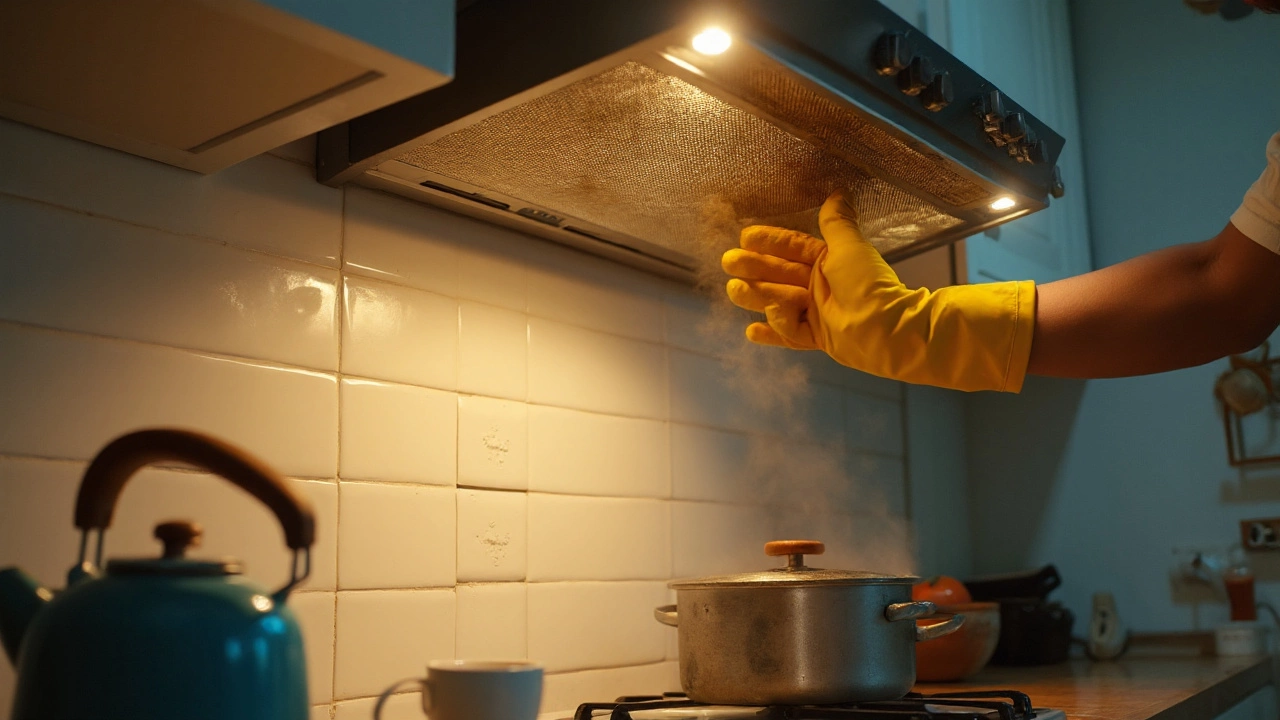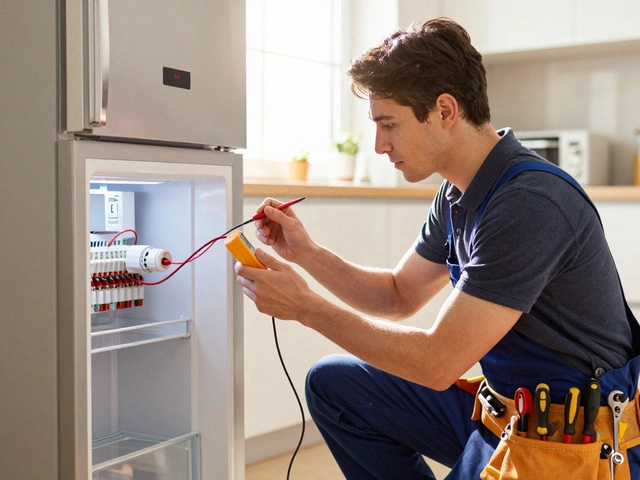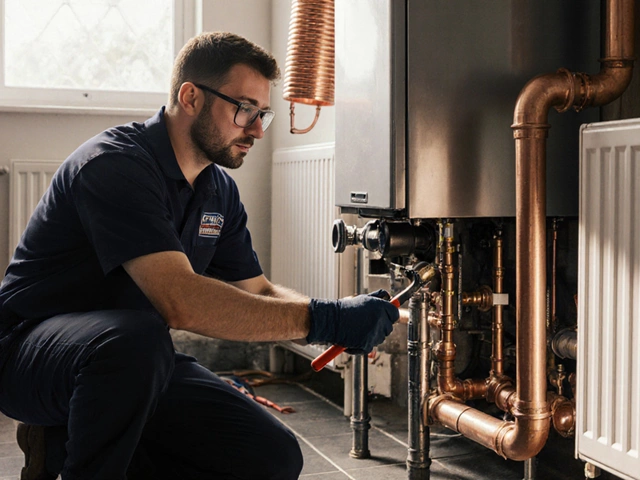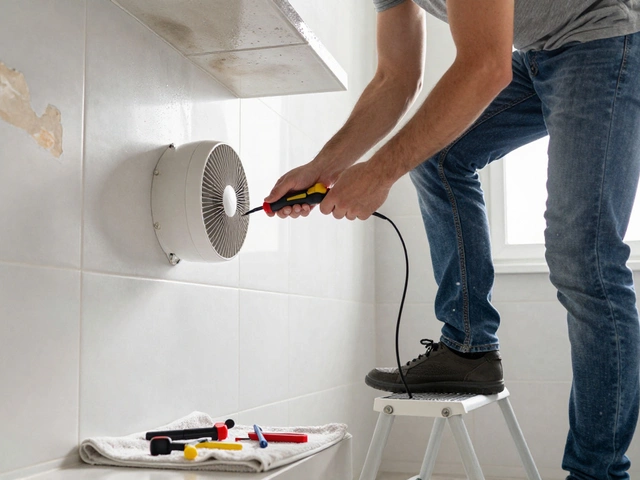What Is the Role of an Appliance Technician?
December 11 2025Rangehood Lifespan: How Long Will Your Kitchen Fan Last?
If you’ve ever wondered whether your rangehood is on its way out, you’re not alone. Most homeowners expect a rangehood to pull smoke and steam for years, but the actual lifespan depends on a few everyday factors. In this guide we’ll break down how long a rangehood typically lasts, what speeds up wear, and easy habits that add years to its service.
What Affects a Rangehood’s Life?
First off, the type of rangehood matters. Recirculating models that use carbon filters tend to need more frequent part swaps than vented units that push air outside. The material of the fan blades and motor also plays a role – stainless steel and high‑grade motors hold up longer than cheaper alloys.
How often you cook is another big factor. A kitchen that sees heavy frying, grilling, or daily baking puts more strain on the fan and filters. If you’re cooking with a lot of oil, the motor can get greasy faster, which leads to overheating.
Finally, regular cleaning makes a huge difference. Grease buildup on the filters, ductwork, or fan blades forces the motor to work harder, and that extra load shortens its life. Skipping a yearly clean can shave several years off the expected lifespan.
Typical Life Expectancy
On average, a well‑maintained rangehood will give you 8‑12 years of solid performance. Budget models may start to lose suction after about 5‑6 years, while premium units with sealed bearings can keep going for 15 years or more if you stay on top of maintenance.
Key signs that your rangehood is nearing the end include:
- Reduced suction even after cleaning the filters.
- Unusual noises – rattling, whining, or humming that wasn’t there before.
- Flickering or dimming lights, which often point to electrical wear.
- Visible rust or corrosion on the housing or duct.
If you notice two or more of these, it’s time to inspect the motor and possibly plan for a replacement.
Easy Maintenance Tips to Extend Life
1. **Clean the filters every month** – If you have a recirculating hood, use hot soapy water or the dishwasher for metal filters. Replace charcoal filters as the manufacturer advises.
2. **Wipe the exterior weekly** – A damp cloth removes grease that would otherwise drip onto the motor.
3. **Check the ductwork annually** – For vented hoods, a quick visual check for blockages keeps airflow steady.
4. **Run the fan after cooking** – Even a short 5‑minute blast clears lingering steam and reduces the load next time you turn it on.
5. **Listen for changes** – A sudden change in sound often means the motor needs lubrication or a bearing is wearing out.
When to Repair vs. Replace
If the motor is the only issue and the hood is less than 10 years old, a professional repair can be cost‑effective. Motor replacements usually run between £100‑£200, plus labour. However, if you’re already approaching the typical lifespan or the housing shows rust, replacing the whole unit may save you money in the long run.
Before you decide, ask yourself:
- Is the cost of repair more than half the price of a new rangehood?
- Will a new model give me better energy efficiency?
- Do I need a different type of hood for my cooking style?
Answering these questions helps you avoid pouring money into a soon‑to‑expire appliance.
In short, a rangehood can serve you well for a decade or more, but only if you treat it right. Clean filters, watch for odd noises, and don’t ignore the signs of wear. When you do need a new hood, you’ll have a clear idea of what features and lifespan to expect.
 20 Sep
20 Sep
How Long Do Kitchen Extractor Fans Last? Lifespan, Maintenance, and Replacement Guide (NZ)
Wondering how long your kitchen extractor fan lasts? Get real lifespan ranges, what shortens or extends them, NZ costs, maintenance tips, and repair vs replace advice.
Read More...



